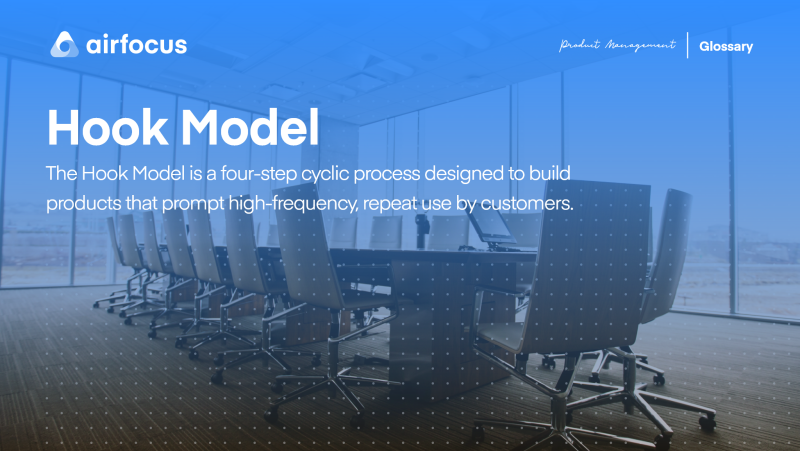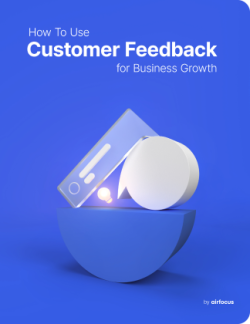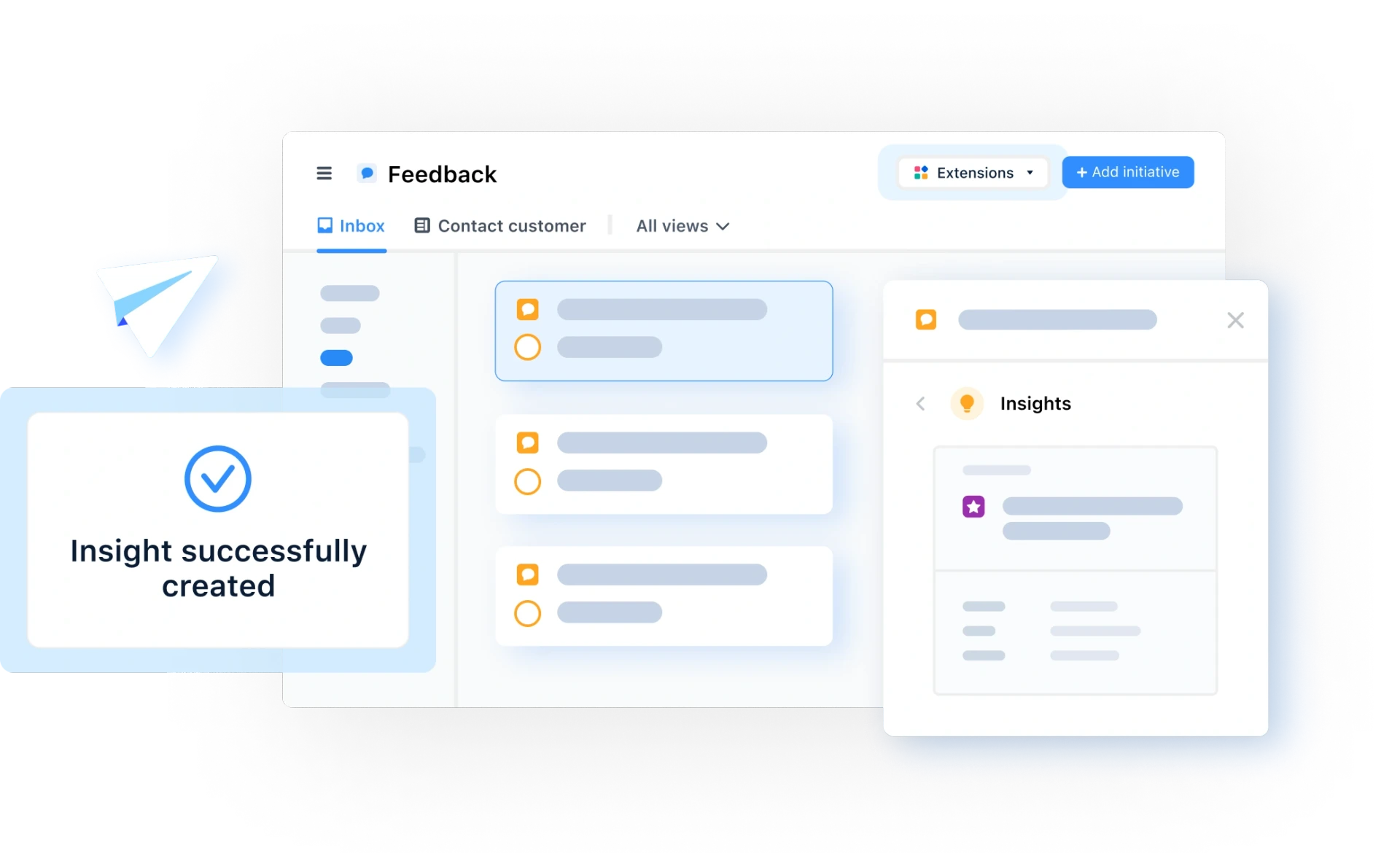Hook Model
What is a Hook Model?
Definition of a Hook Model
The Hook Model is a four-step cyclic process designed to build products that prompt high-frequency, repeat use by customers.
This framework helps businesses focus on the logical phases that lead to forming long-term customer habits.
By following the four stages of the Hook Model, product managers can create repeated links between a customer’s problem and their proposed solution, turning initial engagement into a perpetual habit.
Although the Hook Model can be used in a variety of industries, it can be particularly useful in software development.
For example, UX designers can leverage the Hook Model to create seamless customer experiences and point user behavior in the desired direction. As a result, the Hook Model process helps development teams to create relevant and useful digital products that customers engage with out of habit.
What are the key concepts of the Hook Model?
Each hook cycle includes four stages: trigger, action, variable reward, and investment.
The trigger is what prompts users to take a specific action. A trigger can be external — such as a button inside an app or push notifications on their phone. But internal triggers — like the need for control and autonomy, or nostalgia — are very powerful, too.
Once the trigger cues the user, the action phase comes into play. Action is the most elementary behavior taken by a user in anticipation of a reward. For this stage to happen, the stimulus must be appealing — e.g. a notification asking you to click through to the app to see photos you’ve been tagged in. In addition, the action should be straightforward and easy to take.
All actions are then linked to a variable reward — one should match the specific needs and wants of users. The variable reward is, in fact, the answer to a user’s problem and the most crucial factor that influences habit-formation. If the reward for the action taken is valuable and novel enough, the user will come back.
The investment phase wraps-up the hook cycle by encouraging the user to feed back into the product. The premise is that, after a user has invested time or effort into a product, they will value it more. As a result, the likelihood of repeated use increases, as people are wired to consistent behavior patterns that help them avoid cognitive dissonance.
However, to achieve its goal, the investment phase should only be introduced after a user has received several variable rewards — that’s when they’re truly “hooked”!
In essence, the Hook Model revolves around the power of habit and aims to bring users back to a product again and again through consecutive hook cycles.
When might a Hook Model be used?
The goal of the Hook Model is to help businesses gain a competitive advantage through habitual customer use. In software development, the methodology can equip UX designers and developers with the tools needed to create high-frequency engagement rates (a.k.a. successful products).
Software teams should leverage the Hook Model from ‘Day 1’ in the product development process. The methodology can be successfully used to write relevant product description sheets and create product prototypes.
Product managers can also employ the Hook Model as a guiding framework during their product discovery process. During this phase, the Hook Model can help business analysts and UX designers answer questions such as “What pains do our users have?”, “How will users arrive at our service?” and “What reward will fulfill their needs?”.
Being able to answer these questions will enable teams to create the most efficient user flow for a habit-forming experience.
How to use the hook loop in product management
Product managers can use the hook loop model to design products that customers interact with regularly and automatically. To do so correctly requires user research and a user-centric design.
You need to design the product to satisfy a need or desire of your target audience. External triggers notify the potential customer that the product is available and of its potential to fulfill that need. External triggers should be varied and delivered frequently.
As customers cycle through the loop, external triggers are replaced by internal triggers, where situations or feelings lead to the habitual action of using the product.
No matter the trigger, the action to take in response should be obvious, easy, offer a reward, and involve direct use of the product. Over time triggers become unconsciously associated with using the product.
The product should fulfill the needs or desires of the customer as promised, but in the hook loop model, there is the added intrigue of a surprise, increasing excitement and curiosity for future interactions.
Investment can take many forms, but ideally is a win-win, where the customer improves the product, creating a better experience next time and cementing the relationship with the product provider. This investment could involve providing user feedback, receiving a tutorial, or joining a rewards program, in exchange for loyalty or consumer data.

General FAQ

Glossary categories
All product feedback in one place

Experience the new way of doing product management








